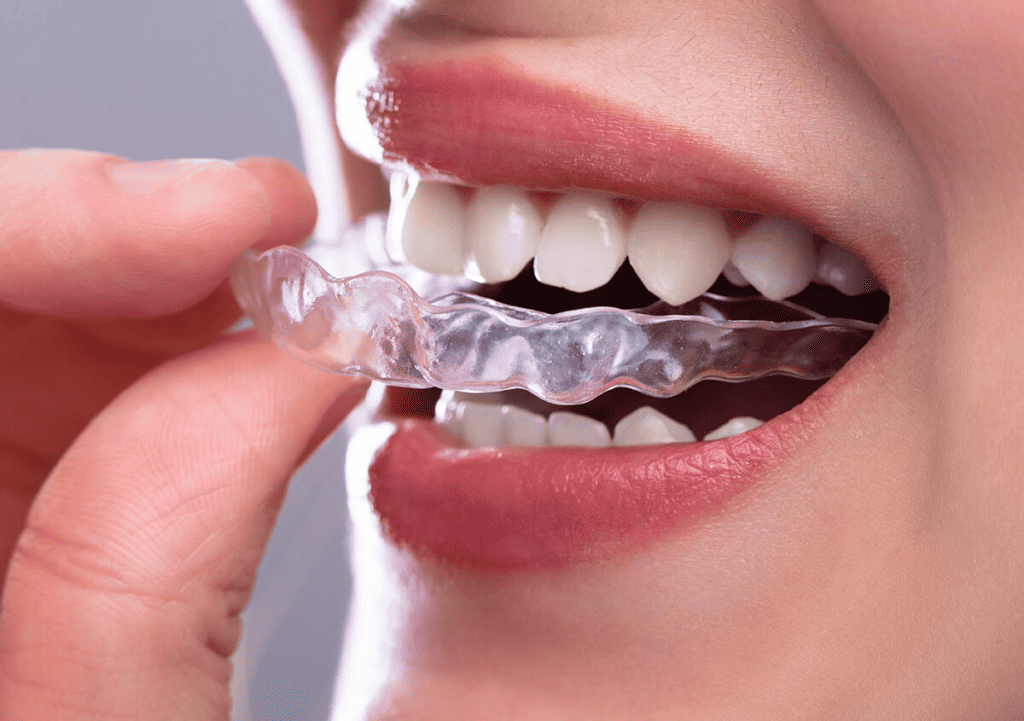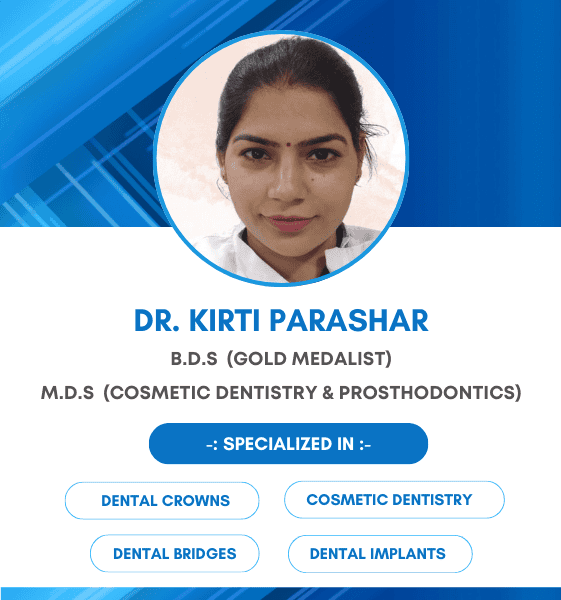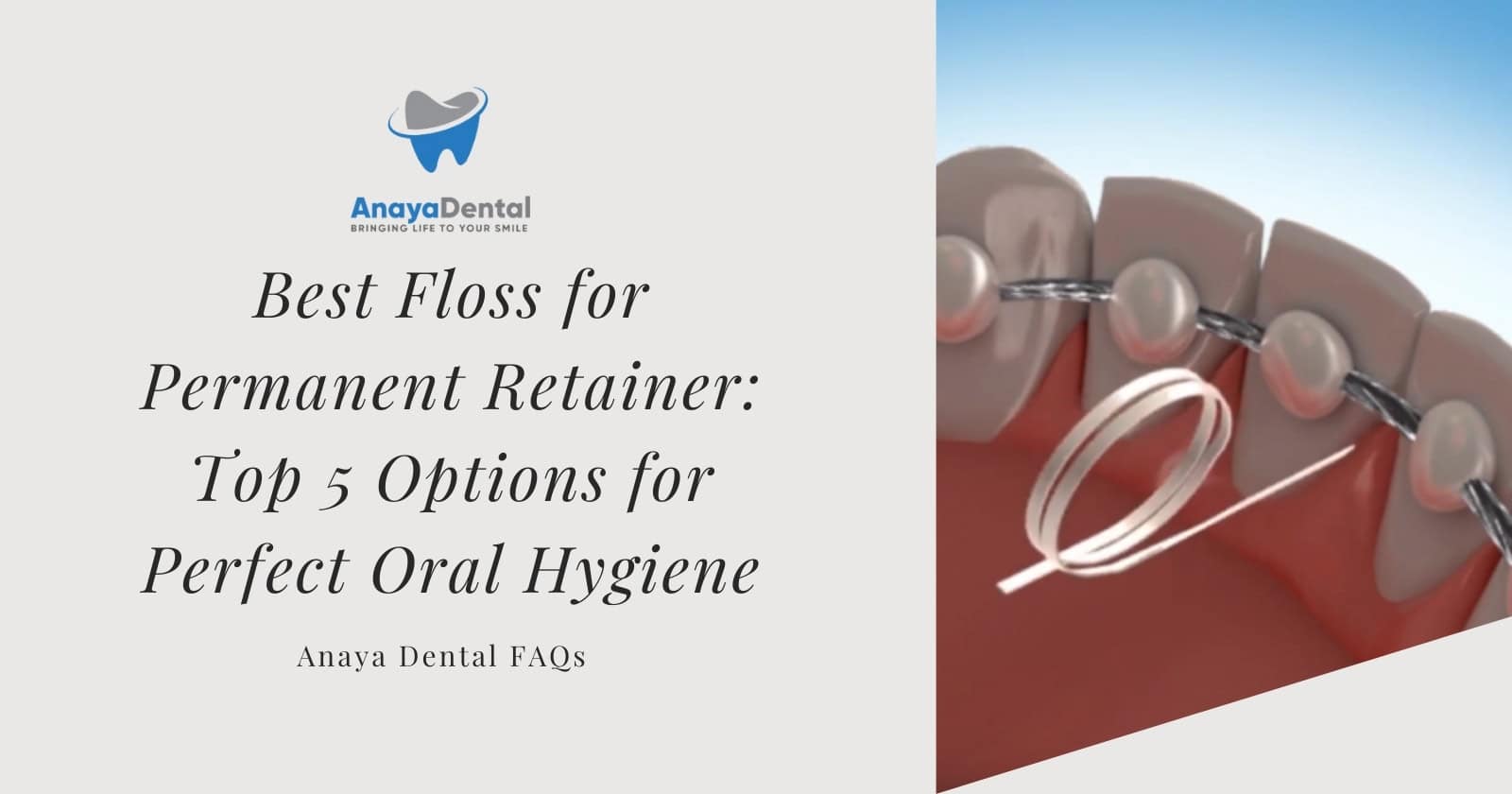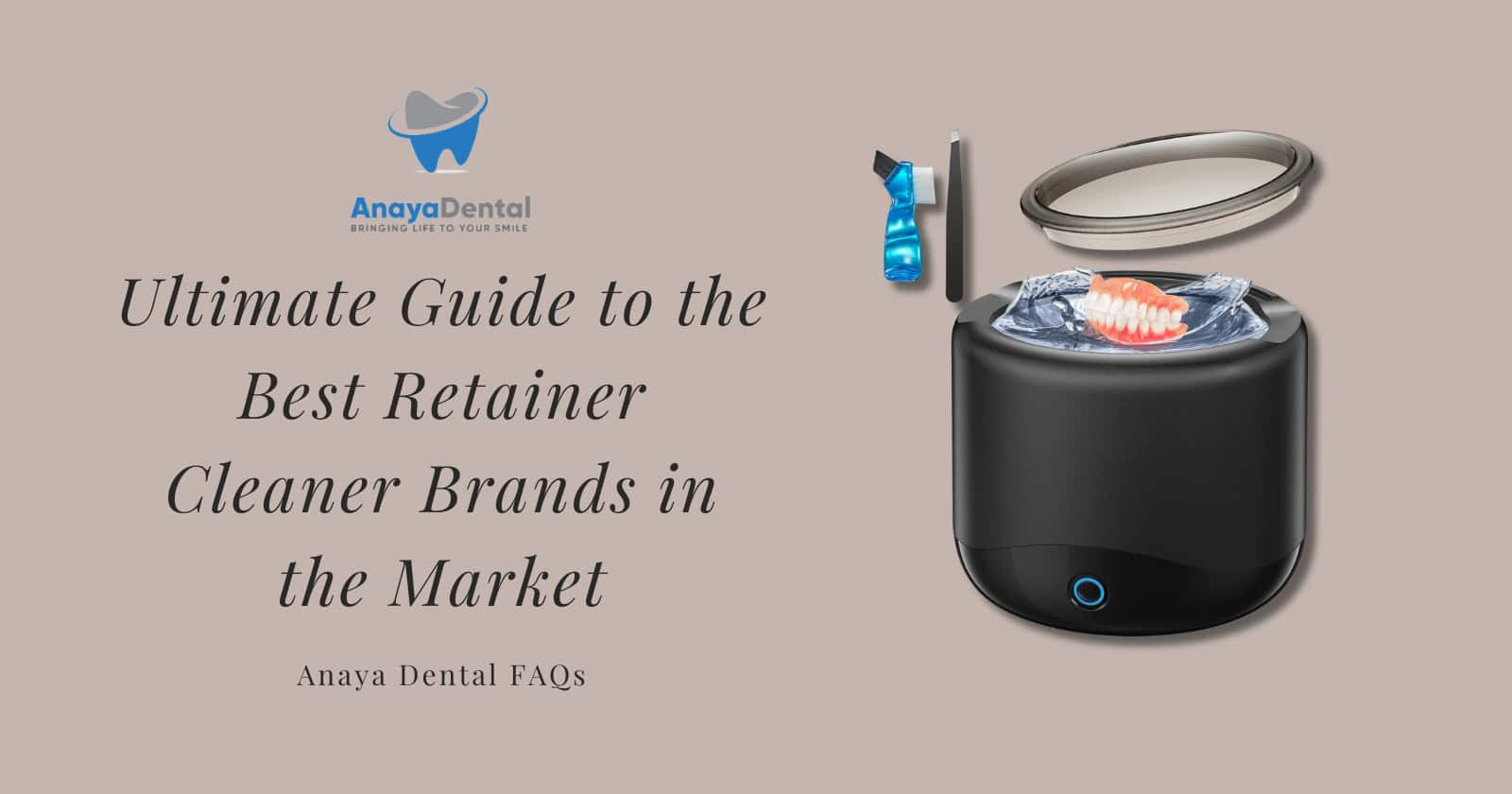You want to straighten your teeth but having trouble deciding between braces and invisalign. Make a smart choice with the assistance of your orthodontist by doing your homework, asking questions, and conducting research. Getting professional advice from your orthodontist is vital since not all patients are candidates for invisalign, therefore the type of treatment that works best for you will also rely on the specific orthodontic condition that needs to be fixed.
Traditional braces are formed of metal and affixed to the outside of the teeth; however, contemporary braces also come in ceramic and lingual (behind the teeth) forms. The brackets are fitted with elastic bands and metal wires to move your teeth and fix any orthodontic issues.
The prospects for orthodontic care have been completely transformed by Invisalign therapy since its launch more than 20 years ago. Modern techniques are employed by Invisalign transparent aligners, which use proprietary technology to straighten teeth, create healthy bites, and create stunning smiles.
Try Our Dental Calculators
Elastic mouthpieces constructed of medical-grade plastic, commonly referred to as clear aligners or invisible braces, are customized to force teeth into the proper position. Subtle substitutes for conventional metal braces are clear aligners. Clear plastic aligners are used in the Invisalign treatment.
A three-dimensional scan of the patient’s mouth is used to customize the aligners for each patient. The teeth are then gradually moved into the proper place using custom-made aligners. With their almost undetectable appearance, Invisalign clear aligners can be the perfect choice for anyone seeking a modest orthodontic treatment.
Invisalign aligners are discreet and hardly noticeable when used, but they nonetheless offer good treatment with consistent, long-lasting outcomes. Now we will discuss about the pros and cons of invisalign treatment as compared to traditional braces.
Appearance
The fact that the retainers with Invisalign are almost invisible is its greatest advantage. You don’t have to endure hearing comments from people about your new braces when you have Invisalign. All you will notice in pictures is the development of your ever increasing smile, so you won’t have to worry about how your grin looks.
Unlike metal braces, Invisalign aligners are made of clear plastic, fit closely on the teeth, and are almost undetectable from a distance. One of the key reasons so many opt for transparent aligners instead of braces is a discrete design.

Braces typically consist of tiny brackets with bands inserted into them that are wire-attached. Plaster, ceramics, metal, or other materials could be used to make the brackets. Your teeth’s color, silver, transparent, or a range of other hues could be them.6. One kind of brace that is affixed to the back of your teeth to hide them is called lingual braces.
Many people accepted smiles that made them uncomfortable prior to receiving Invisalign treatment because they believed wearing braces would interfere with their ability to look professional at work.
All of that was modified by Invisalign treatment: a variety of career professionals can now receive orthodontic care thanks to the aligners’ discrete appearance. Invisalign treatment is discrete, light, and almost unnoticeable when worn; it improves your smile without interfering with it.
The discrete appearance of Invisalign aligners makes them a desirable option for adults of all ages who don’t want to seem like braces, as well as older teenagers.
Removable Or Not?
You must stay away from some foods if you wear braces because they may adhere to the brackets and cause damage. Avoid sticky foods like chewing gum and candies and hard meals like apples, pears, carrots, popcorn, and nuts.
Frequently, patients inquire, “Is it necessary to wear Invisalign all the time?” The removable nature of clear aligners, like as Invisalign, is one of their benefits.You can take your aligners out when eating because Invisalign should be worn for 20 to 22 hours a day for the optimum results. This implies that you are not need to alter your diet or method of eating. People who wear braces sometimes find it difficult or uncomfortable to eat certain foods.

You are not required to refrain from eating or drinking anything specific while your aligners are taken out for meals. Candy, coffee, and gum can all be consumed without negative effects as long as you clean your teeth right away, rinse your aligners, and replace them right away.
Simpler to Floss and Brush Your Teeth
If you have braces, you should floss every day and wash your teeth after every meal or snack to prevent tooth decay. To reach into each and every crevice, use an interdental brush, which is a small brush that fits in between the teeth.
According to research, those who use clear aligners to straighten their teeth report less cavities, tooth decay, and gum disease than those who use braces. You will take out your Invisalign retainers to brush your teeth in addition to when you eat and drink. You can carry on brushing and flossing your teeth as usual because there is nothing to be concerned about.

Also, by taking out the aligners, you may easily clean them by soaking them in a cleaning solution or giving them a light brushing with a toothbrush.
Throughout your treatment, you can use mouthwash and properly brush and scrape your teeth while they’re out of your mouth. To ensure that the therapy is effective, just remember to put them in as soon as possible!
Better oral and general health result from the simple home maintenance of Invisalign aligners, which lowers the risk of gum disease and/or dental decay. For patients of all ages, this is an enticing feature of Invisalign therapy.
Requiring Less Consultations
When using aligners instead of braces, some patients won’t need to see the orthodontist as frequently. Invisalign treatments typically require a visit every four to six weeks. Every adjustment for braces treatment requires patients to visit the office.
The orthodontist works on your case mostly prior to you wearing your aligners when using Invisalign. Each personalized retainer is made in a laboratory using a 3D scan of your teeth. Follow your orthodontist’s instructions and replace the multiple sets of retainers. Check-in visits are minimal because there’s no need to visit the orthodontist for corrections. It takes less time away from work to see an orthodontist rarely.
Wearable with Comfort
Perhaps you’re asking, “Which is more painful: Invisalign or braces?”
Studies reveal that those wearing traditional braces—especially during the first few weeks of treatment and every time an orthodontist tightens them—experience greater pain and suffering than those using Invisalign.
It could also take some getting acclimated to clear aligners like Invisalign. Within the initial few days of starting treatment, patients may spit a lot and talk lispy.
Braces can also cause discomfort if the metal rubs or presses against your oral cavity. It feels softer and smoother with Invisalign.
Straightening’s efficiency and speed– “Invisalign vs braces:which is faster?”
The FDA has approved Invisalign as well as braces for the orthodontic treatment of malocclusions. Usually, minor to severe dental issues are treated using Invisalign. In more complicated cases, like those with rotated teeth, wide gaps, or extreme crowding, braces are frequently preferred and more successful..
While some people may only require Invisalign for six months, most people wear them for 12 to 18 months.Four In comparison, the treatment of fixed braces often takes a year or two. Discuss the anticipated duration of your case with your orthodontist as it will vary depending on numerous personal factors.
Cost
Numerous factors affect how much orthodontic treatments cost. In the US, braces typically cost between $3,000 and $7,000. Invisalign might be somewhat more or equally good. Your location, the length of your treatment, the intricacy of your oral issues, and the orthodontist you select could all affect these expenses.
Orthodontic procedures, particularly for kids and teenagers, could only be partially covered by certain dental insurance plans. Compared to Invisalign, braces are slightly more likely to be covered.
In order to make orthodontic treatments more inexpensive, a lot of dentists and orthodontists provide financing options and flexible payment schedules.5. Options for financing healthcare from third parties are also an option.
Which Is the Best Choice for Me?
Braces or Invisalign can both straighten teeth, enhance smiles, and address common dental issues including an underbite or overbite. If you’re self-conscious about wearing braces, particularly as an adult, you could be better off using Invisalign or another more covert orthodontic treatment.
But not everyone is a good fit for Invisalign. You might not be eligible if you’ve received orthodontic treatment in the past.
Certain orthodontic conditions may prevent you from getting the benefits of clear aligners, including:
rotated teeth
excessive overbite
extreme crowding of teeth
extensive spaces between the teeth
Dental displacement, also known as intrusion or extrusion
Braces work better in circumstances that are more complicated.
INVISALIGN DISADVANTAGES
It’s Important to Discipline Patients
The ability to take out your aligners has advantages and disadvantages. You won’t wear your aligners for the recommended 22 hours a day if you aren’t conscientious about replacing them in your mouth after eating or brushing. If the aligners are not worn for a longer period of time, your treatment may not yield the greatest outcomes. Patients’ noncompliance with wearing the aligners is the main cause of Invisalign therapy failure.
Additionally, diligent and cautious compliance is needed for Invisalign treatment. At least 22 hours a day must be spent wearing Invisalign aligners; they must only be taken out to eat, drink anything other than water, and clean the aligners and teeth.
The aligners have the potential to be misplaced or broken because they are removable. When not in use, they must be carefully placed in their case to prevent being chewed up by an inquisitive dog, stomped on, or tossed inside a napkin—a problem that is surprisingly prevalent!
It can be inconvenient to take your aligners in and out.
Before eating or drinking anything but water, aligners must be taken out. You must carefully take out your aligners while you are in public so as not to misplace them. You must wash your teeth prior to taking off your aligners. Food residue can discolor your aligners and prevent your teeth from shifting. Additionally, your risk of cavities and foul breath is elevated.
Costs
We frequently get the question, “Is it cheaper to get braces or Invisalign?” The cost of Invisalign can be comparable to that of braces because of advancements in 3D scanning technology and the flexible material used to make the aligners. Your orthodontist may explore the option of finalizing tooth placements with braces, which could result in a more expensive treatment, depending on the specific condition. Some treatments are difficult, if not impossible, to complete with Invisalign alone. Because they both provide a nearly imperceptible look, lingual (inside) braces and Invisalign are frequently contrasted. Lingual braces are more expensive than standard braces since, like Invisalign, they are a fully customized solution.
Comparing the Costs of Braces and Invisalign Aligners
A common query from prospective orthodontic patients is: what is the cost?
Naturally, a patient’s decision on which course of therapy to pursue can be greatly influenced by the cost of care. Numerous variables can influence the ultimate cost of care, including:
How serious your illness is
The clinic where you receive treatment
The insurance coverage and orthodontist’s experience
seasonal price reductions or family discounts are examples of promotional savings.
Planned monthly payments and finance
FAQs
Invisalign vs Braces Cost
Braces Price
The average cost of traditional braces is between $1,700 to $6,000; the cost of more specialty braces, such lingual braces, can approach $13,000. As said, this cost varies based on a number of variables, including the extent of your insurance coverage and the severity of your therapy.
For some patients, state-sponsored insurance programs may pay for traditional braces in full, depending on the qualifying requirements in particular areas.
Cost of Invisalign Treatment
The price range for Invisalign treatment is $2,650 to $9,000. Similar to braces, the cost of your Invisalign treatment varies based on your condition’s severity and the location of your appointment.
For moderate cases, some orthodontists provide expedited Invisalign therapy, which is between $2,650 and $3,200 less than regular Invisalign treatment. However, in order to ensure that the results are genuinely effective and long-lasting, moderate or more severe instances will typically cost more than this and involve a limitless number of aligners.
Which Is Faster: Braces or Invisalign Aligners?
The duration of your treatment will depend on your particular situation, however for the majority of orthodontic diagnoses, Invisalign treatment is typically quicker. Instead of allowing braces to move individual teeth, Invisalign aligners provide a force to the teeth all around.
This all-around power can enable quicker movement, which will enable your smile correction to be completed sooner. The majority of Invisalign cases can be finished in 12 to 18 months, and some milder instances can be finished in as little as 6 months.
Since every situation is different, your orthodontist can ascertain the exact duration of your particular treatment, whether it involves braces or Invisalign aligners. Additionally, regardless of the course of treatment you choose, maintaining good oral hygiene and eating the right foods will help you stay on course.
Invisalign vs. Braces Comparison Chart
| Braces | Invisalign | |
|---|---|---|
| Treatment time | 18- 24 months | 6–24 months |
| cost | $2,000–$6,000 | $3,000–$7,000 |
| Removable | No | Yes |
| Efficiency | Minor, moderate, and complex cases | Minor cases |
| Visibility | Visible in metal braces, no visibility in lingual braces | No |





